Watching Everything Everywhere All at Once win the Oscar for Best Picture was thrilling for many reasons. Especially considering how glacially slow change comes about in one of Hollywood’s oldest institutions.
It’s a female-led movie that examines the specific generational trauma immigrants and their children deal with from a queer perspective. But it was also simply an awesome sci-fi movie that used the concept of the multiverse to capture that perspective.
The fact that a sci-fi film won Best Picture shouldn’t be noteworthy, but it is. The Academy rarely shows sci-fi, or other genre films, any respect outside of craft categories like costumes, hair and makeup, or special/visual effects. The truly great ones might get a Best Original or Adapted Screenplay Oscar.
I’m not a fan of takes like this one shown above, which opines that the only reason EEAAO won Best Picture was so the Academy could pander to fans of superhero films without actually awarding the Best Picture Oscar to an MCU film. But there is something to the idea that genre films don’t get the same respect as others come Oscar season, which is dominated by, say, dramas about war or other instances of white male conflict (All Quiet on the Western Front, The Banshees of Inisherin), white/white-passing men living their dreams (Elvis, The Fablemans) or the kind of women’s stories that are palatable to Oscar voters (white women being abused by men in Women Talking; a white woman abusing other white women in Tár).
I guess woman-led stories can be “Oscar bait” as long as the women are white and suffering.
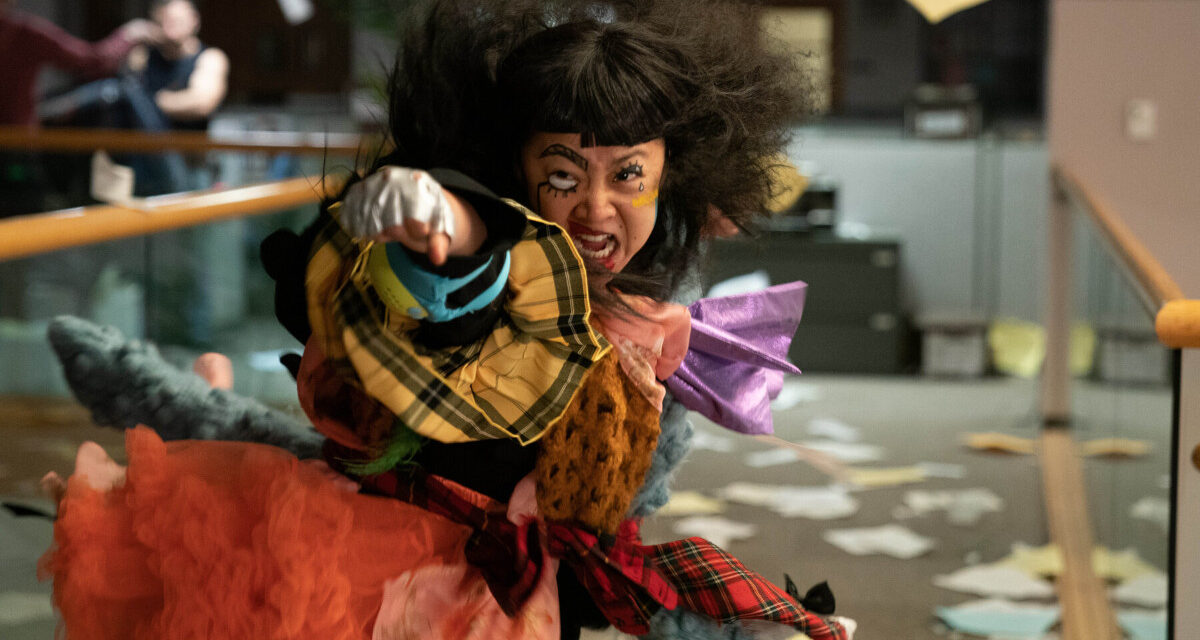
It was interesting, then, that two of the Best Picture nominees this year were sci-fi films: EEAAO and Avatar 2: The Way of Water.
This prompted me to look back at all the Best Picture winners since the Oscars began in 1929. Seeing the place EEAAO has in the context of that history is fascinating.
EEAAO‘s place as a woman-led film
Starting in the 1990s, there were only one to three Best Picture winners where there was a clear woman protagonist (and a top-billed actress) every ten years:
- 1990s – The Silence of the Lambs; Titanic; Shakespeare in Love
- 2000s – Chicago; Million Dollar Baby
- 2010s – The Shape of Water
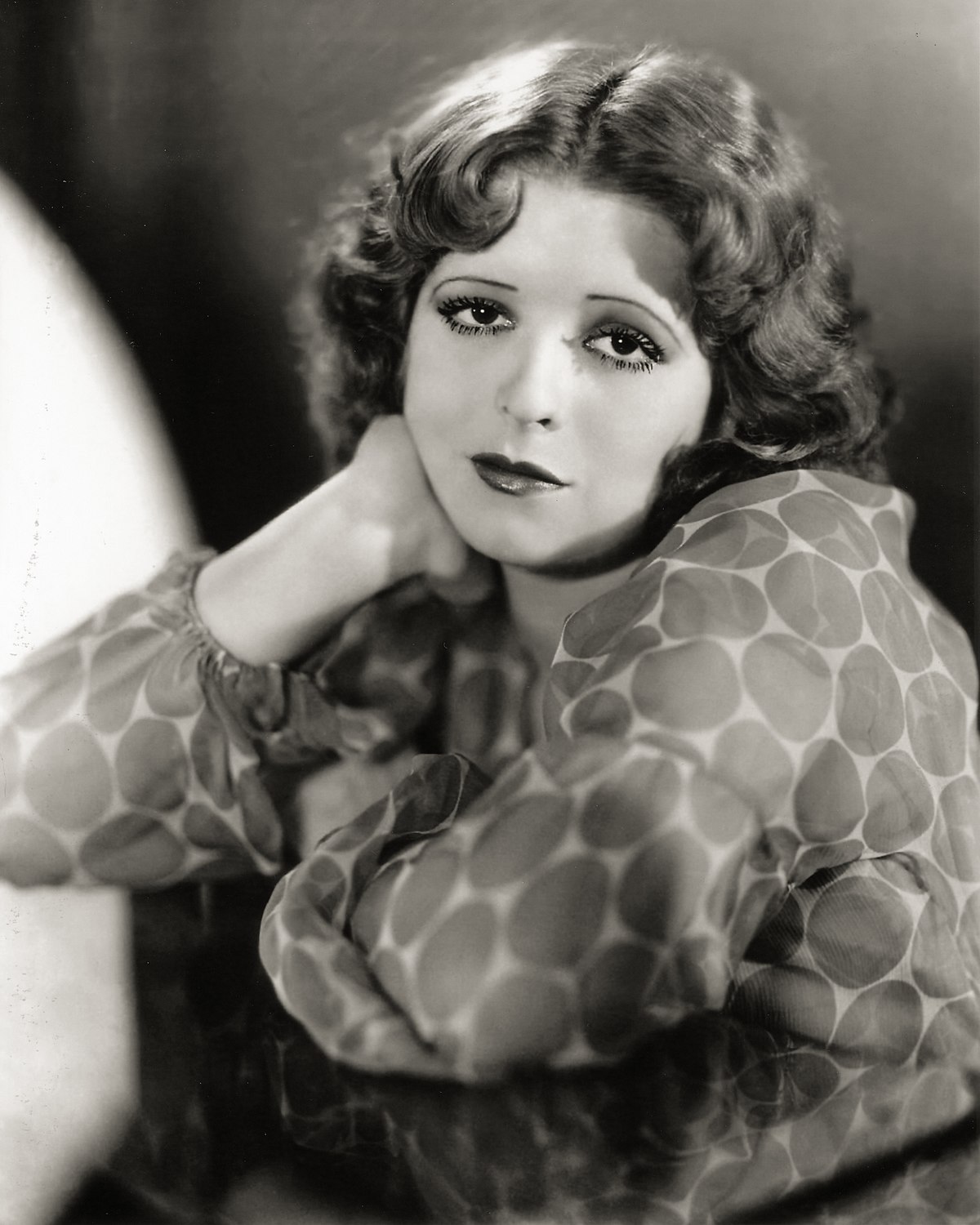
What’s interesting is that the very first film to win Best Picture, the 1927 silent film Wings, had a female protagonist played by the first “It-Girl,” Clara Bow, who had top billing.
In fact, before the Motion Picture Production Code (AKA, the Hays Code) was strictly enforced in 1934, half the six Best Picture winners had women protagonists whose actresses received top billing. The Best Picture winners of 1937 and 1939 (You Can’t Take it With You and Gone With the Wind, respectively) also starred top-billed women.
Meaning that there were more woman-led Best Picture winners in the late 1920s-1930s than there have been in the decades since.
The Hays Code was about maintaining “decency” in film, and I suppose most woman-led stories were considered “indecent,” because it was hard for people to think of a story led by a woman that didn’t involve lots of explicit sex or something?
The code stopped being enforced in 1968, but the 1970s saw exactly zero woman-led films win Best Picture. It was a very macho decade. (Thanks, The Godfather.)
So far, every Best Picture winner in the 2020s (Nomadland, CODA, and now EEAAO) has had a nuanced, female protagonist. And only three years into this decade, the Oscars has awarded a film with a global majority female lead the top prize for the first time.
EEAAO‘s place as a global majority-led film
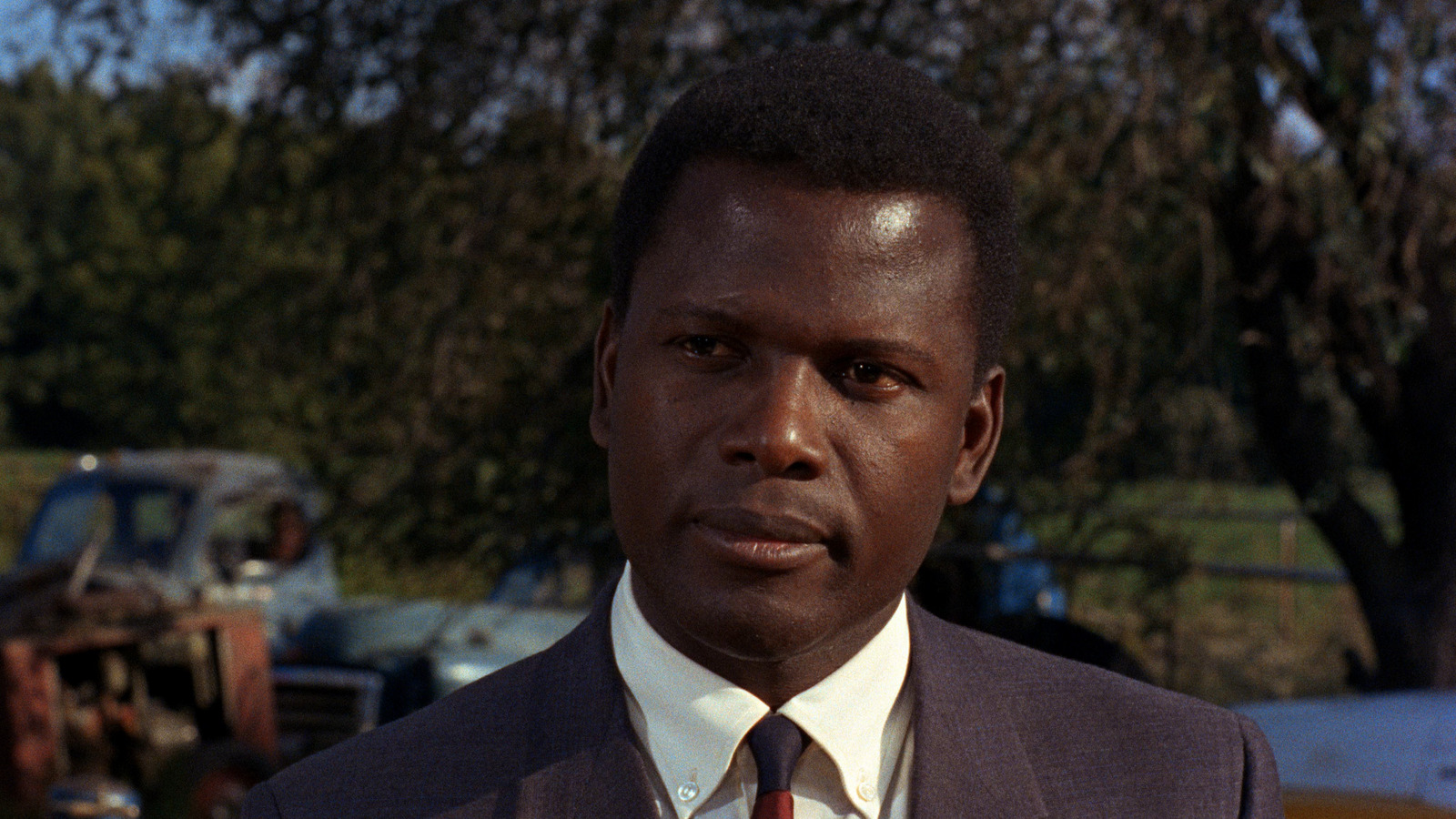
Meanwhile, the first Best Picture winner with a global majority male protagonist was 1967’s In the Heat of the Night (starring Sidney Poitier), followed by:
- 1982 – Ghandi (starring Ben Kingsley)
- 1987 – The Last Emperor (starring John Lone)
- 1989 – Driving Miss Daisy (starring Morgan Freeman)
- 2008 – Slumdog Millionaire (starring Dev Patel)
We then waited five years for another one—2013’s 12 Years a Slave, followed by Moonlight (2016), and Parasite (2019).
So, while things have fared slightly better for films about global majority men, Oscar Best Picture winners are still overwhelmingly white.
Added together, there have only been nine films (EEAAO being the most recent) with global majority protagonists of any gender out of ninety-five films that have won Best Picture since the Oscars started in 1929. *big, heaving sigh*
EEAAO’s place as a genre film
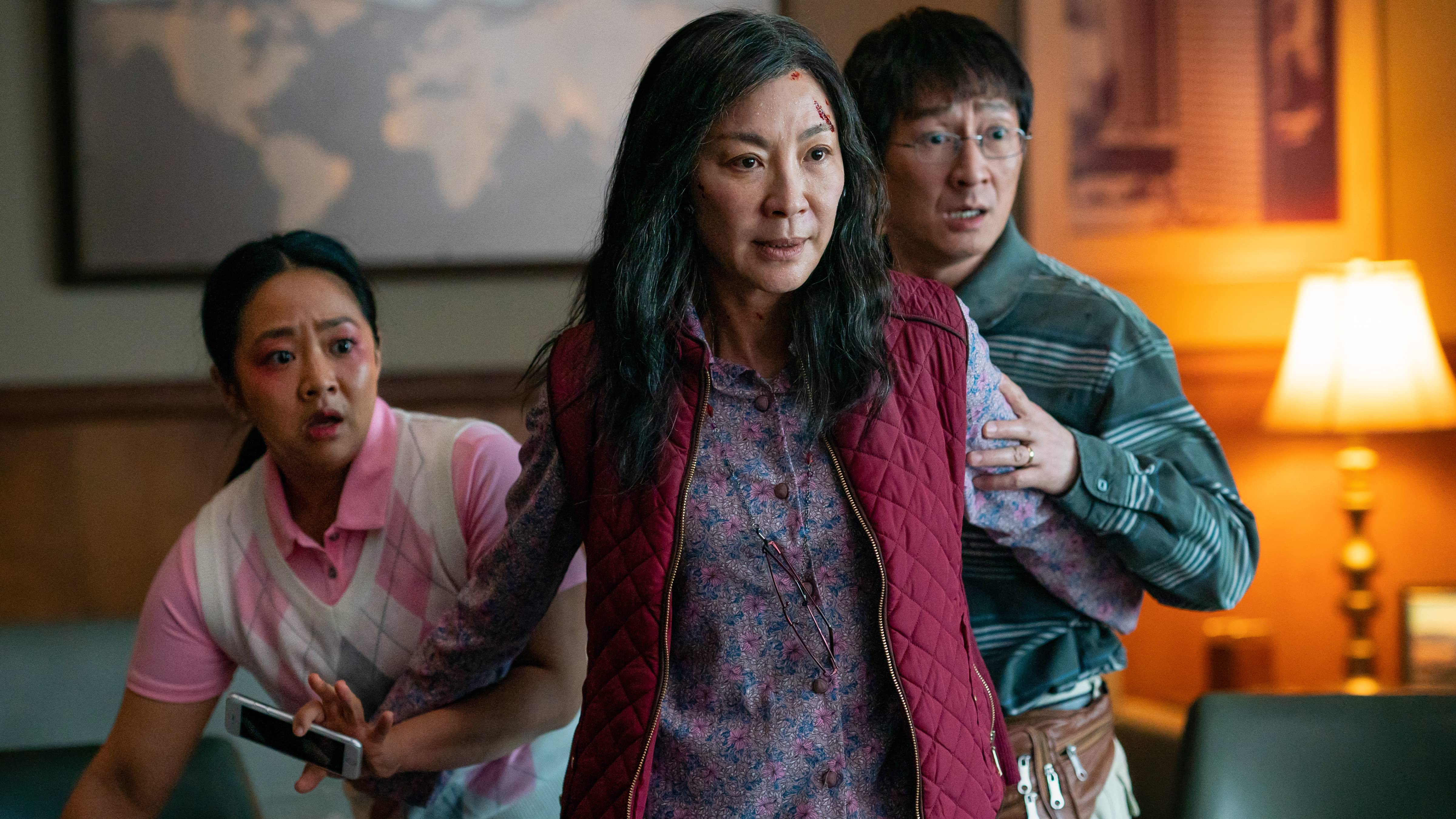
When I say “genre film,” I mean “genre” in a geeky context. I’m not counting things like musicals and westerns, because they’re not speculative fiction. In the context of the musicals and westerns that have won Best Picture, none of them deal with sci-fi, magic, or horror elements.
By that standard, the first genre film to win a Best Picture Oscar came out in the 1990s. In looking at all the Best Picture winners from that decade forward, only one genre film per decade has been awarded the Best Picture Oscar:
- 1990s – Forrest Gump (I’d consider it magical realism)
- 2000s – Lord of the Rings: Return of the King
- 2010s – The Shape of Water
- 2020s – Everything Everywhere All at Once
Does EEAAO‘s win mean that the Academy has chosen its token genre film for the decade?
If that’s going to happen, the Academy needs to expand its notions about what it means to be an Oscar Best Picture, and also what it means to be a genre film.
So many of the great genre films use genre elements to say something bigger about the world. The original Alien trilogy used an alien encounter to examine corporate greed and capitalism, sexism, and the challenges of motherhood. E.T. used a child’s alien encounter to examine the repercussions of divorce on a family. Get Out used horror to explore how white people have historically appropriated or exploited Black bodies.
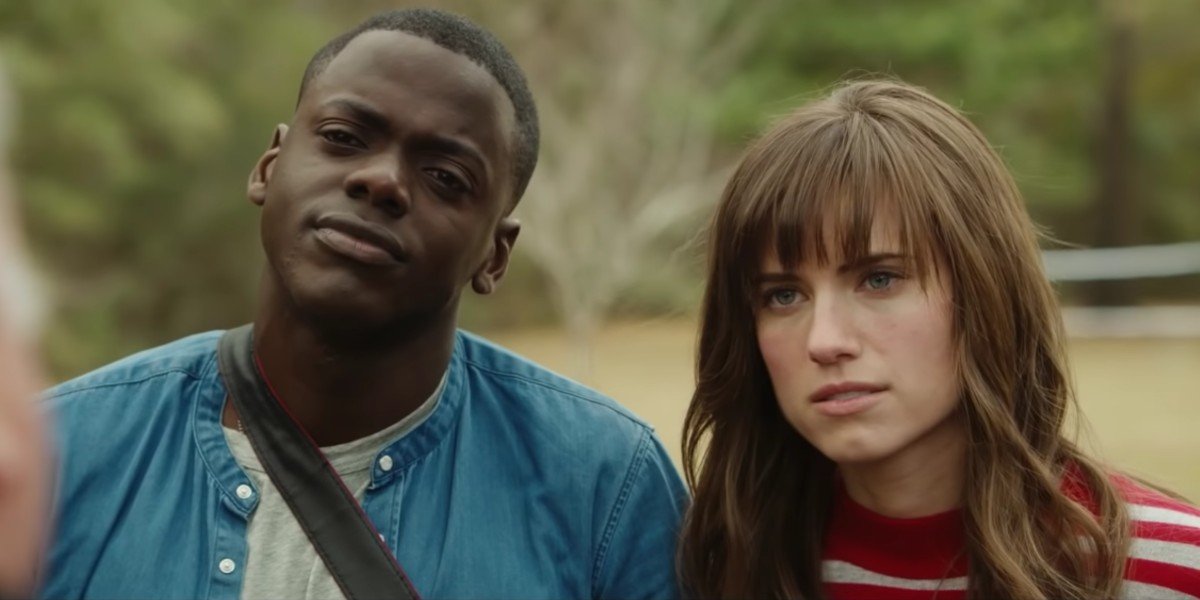
These are films that not only entertain, but that have important things to say about the society in which we live, and can have cultural relevance for decades to come if you’ll let them.
Meanwhile, there are some non-genre Best Picture winners starring white people that aren’t part of societal discourse at all. I mean, have you ever heard any discourse about the film, Marty? Have you even seen Marty? Or Tom Jones?
Oscar-worthy genre films have been made since the inception of the awards, but it isn’t until the past few decades that Academy voters have been seeing past the genre tropes and into what those tropes are trying to say.
This might have something to do with the advancement of film technologies, coupled with the current generations of filmmakers having been inspired by genre films as children. Now that they’re all grown up and can vote on Oscar ballots, they see the value in using genre elements to say something about the world.
Everything Everywhere All at Once breaking all sorts of awards records could mean that genre films might be taken more seriously moving forward. This sci-fi writer can only hope.
(featured image: A24)



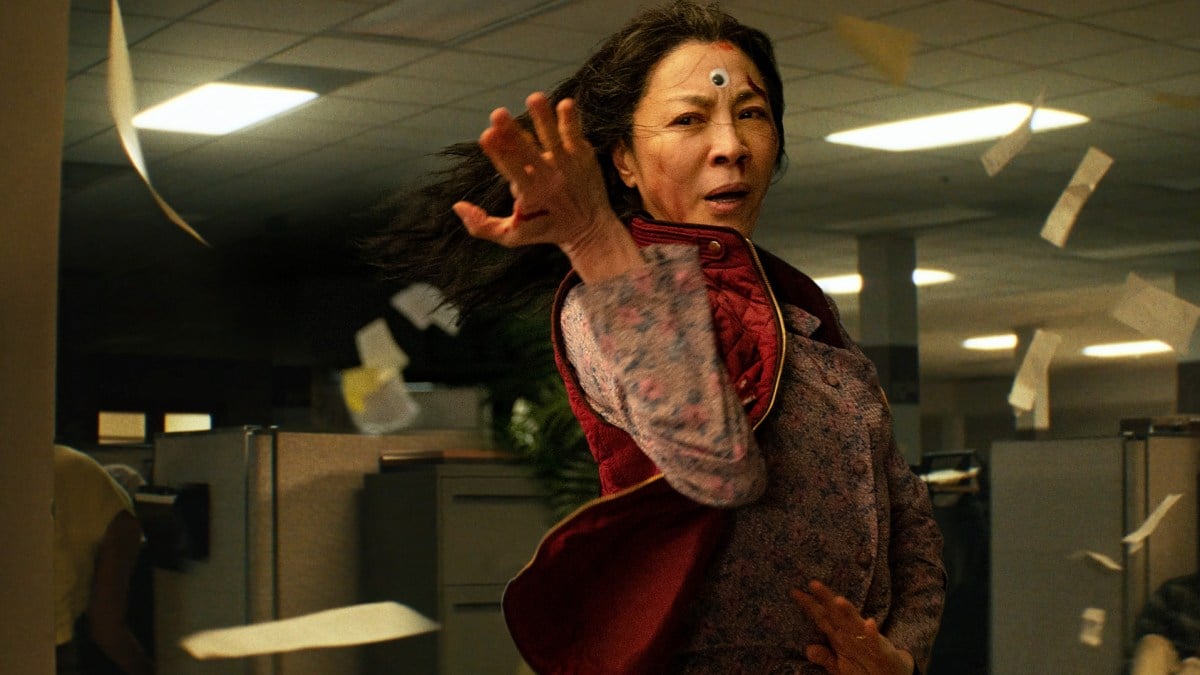





Published: Mar 13, 2023 06:06 pm